Search the Special Collections and Archives Portal
Search Results
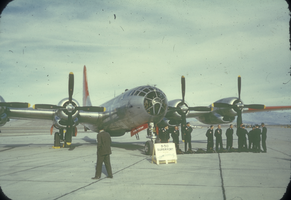
Military servicemen standing next to airplanes at Nevada Test Site: photographic slide
Date
Archival Collection
Description
From the Sister Klaryta Antoszewska Photograph Collection (PH-00352)
Image
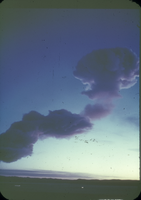
Above-ground atomic test at Nevada Test Site: photographic slide
Date
Archival Collection
Description
From the Sister Klaryta Antoszewska Photograph Collection (PH-00352)
Image
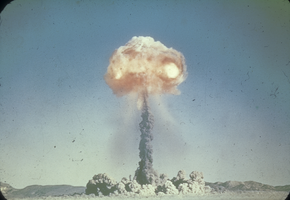
Above-ground atomic test at Nevada Test Site: photographic slide
Date
Archival Collection
Description
From the Sister Klaryta Antoszewska Photograph Collection (PH-00352)
Image
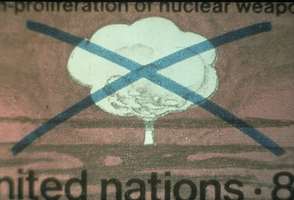
United Nations postage stamp "Non-proliferation of nuclear weapons": photographic slide
Date
Archival Collection
Description
From the Sister Klaryta Antoszewska Photograph Collection (PH-00352)
Image
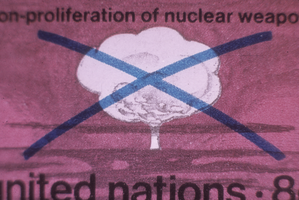
United Nations postage stamp "Non-proliferation of nuclear weapons": photographic slide
Date
Archival Collection
Description
From the Sister Klaryta Antoszewska Photograph Collection (PH-00352)
Image
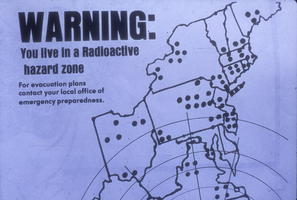
Poster of a map of the northeast of the United States showing radioactive hazard zones: photographic slide
Date
Archival Collection
Description
From the Sister Klaryta Antoszewska Photograph Collection (PH-00352)
Image
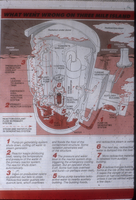
Diagram of a nuclear reactor titled “What Went Wrong on Three Mile Island”: photographic slide
Date
Archival Collection
Description
From the Sister Klaryta Antoszewska Photograph Collection (PH-00352)
Image
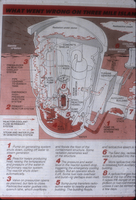
Diagram of a nuclear reactor titled “What Went Wrong on Three Mile Island”: photographic slide
Date
Archival Collection
Description
From the Sister Klaryta Antoszewska Photograph Collection (PH-00352)
Image
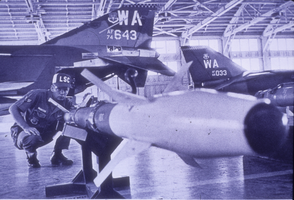
Unidentified man in front of a United States Air Force aircraft: photographic slide
Date
Archival Collection
Description
From the Sister Klaryta Antoszewska Photograph Collection (PH-00352)
Image
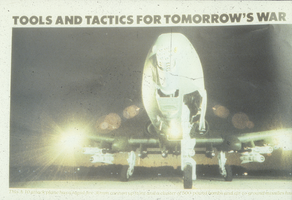
Cover of a newspaper titled "Tools and Tactics for Tomorrow's War": photographic slide
Date
Archival Collection
Description
From the Sister Klaryta Antoszewska Photograph Collection (PH-00352). Bottom text reads: "This A-10 attack plane has a rapid-fire 30mm cannon up front and a cluster of 500-pound bombs and air-10-ground missiles hu..".
Image
